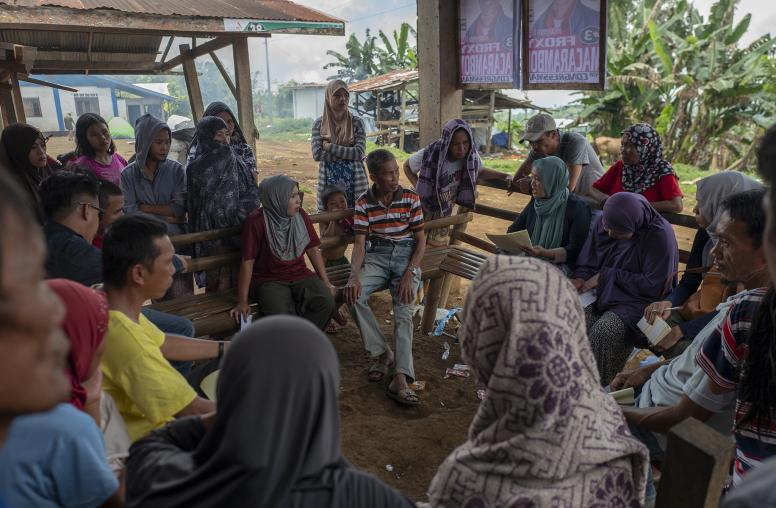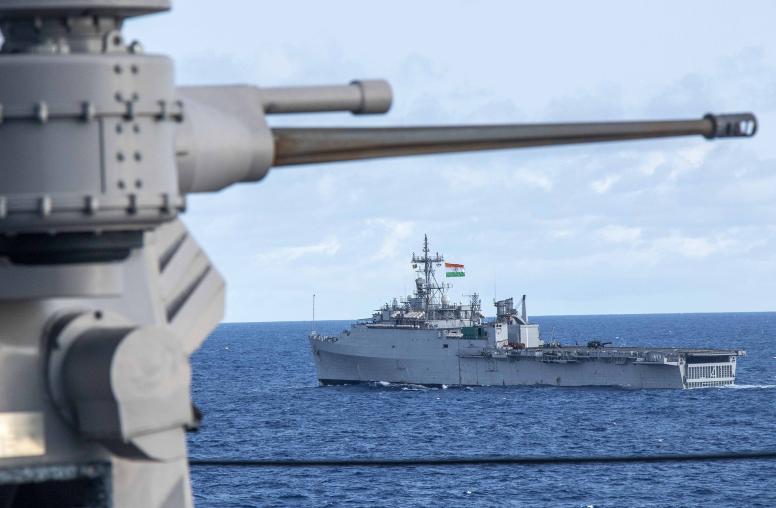Using Quantitative and Qualitative Models to Forecast Instability
To what extent can structural models detect—and forestall—conflict? How can decision-makers effectively use such paradigms?

Summary
- Preventing violent conflict requires early warning of likely crises so that preventive actions can be planned and taken before the onset of mass violence.
- For most of the post–World War II period, policymakers and intelligence agencies have relied on experts to make qualitative judgments regarding the risk of instability or violent changes in their areas of study. Yet the inability of such experts to adequately predict major events has led to efforts to use social and analytical tools to create more “scientific” forecasts of political crises.
- The advent of quantitative forecasting models that give early warning of the onset of political instability offers the prospect of major advances in the accuracy of forecasting over traditional qualitative methods.
- Because certain models have a demonstrated accuracy of over 80 percent in early identification of political crises, some have questioned whether such models should replace traditional qualitative analysis.
- While these quantitative forecasting methods should move to the foreground and play a key role in developing early warning tools, this does not mean that traditional qualitative analysis is dispensable.
- The best results for early warning are most likely obtained by the judicious combination of quantitative analysis based on forecasting models with qualitative analysis that rests on explicit causal relationships and precise forecasts of its own.
- Policymakers and analysts should insist on a multiple-method approach, which has greater forecasting power than either the quantitative or qualitative method alone. In this way, political instability forecasting is likely to make its largest advance over earlier practices.
About the Report
The United States Institute of Peace’s Center for Conflict Analysis and Prevention commissioned this report for its ongoing project examining new approaches to early warning for political instability and mass violence. Analysts generally agree that the policy process benefits from both results of statistical models and qualitative expert judgment. But where judgments from qualitative and quantitative models diverge, decision makers are frequently left without a sound strategy for preferring one result over the other or resolving differences between them. Drawing on his experience in developing and using qualitative structural analogy models and quantitative statistical models (including for the Political Instability Task Force), Jack Goldstone provides practical guidance on how different models can be used together to generate more accurate forecasts.
Jack A. Goldstone is the Virginia E. and John T. Hazel Jr. Professor at the George Mason School of Public Policy and an Eminent Scholar. His work has focused on social movements, revolutions, forecasting instability, and issues in state-building and reconstruction. The author or coauthor of nine books, Professor Goldstone is a leading authority on regional conflicts, has served on a U.S. Vice-Presidential Task Force on State Failure, and is a consultant to the Department of State, the Federal Bureau of Investigation, and the U.S. Agency for International Development. Professor Goldstone received his PhD from Harvard University.




